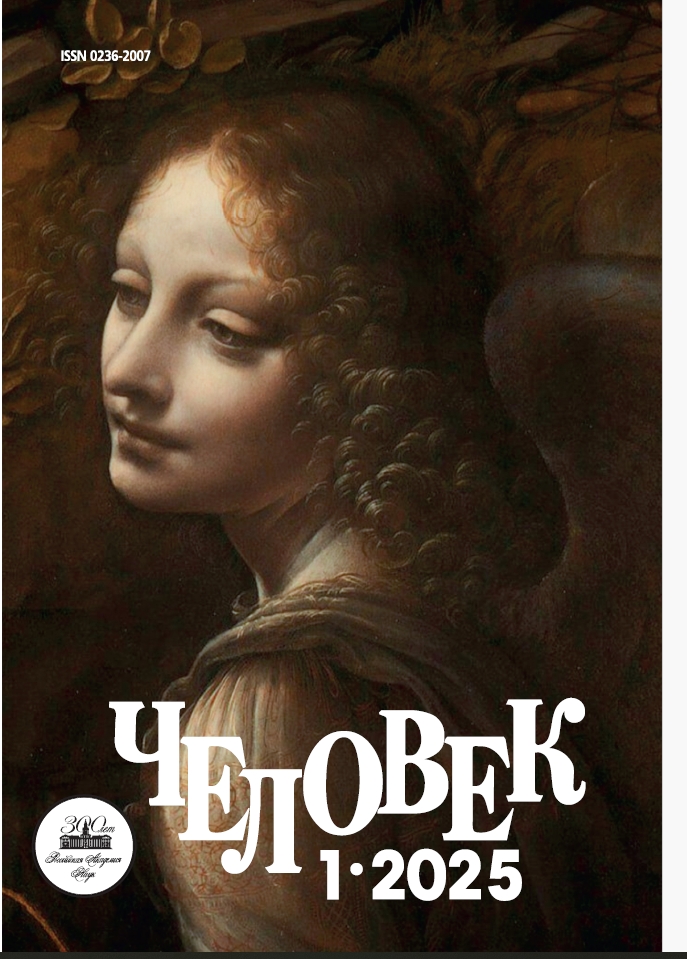Philosophical Analysis of Scriabin's “Mysterium”
DOI:
https://doi.org/10.31857/S0236200725010107Keywords:
consciousness, theurgy, synesthesia, will, genius, spirit, reality, death, anthroposophy, philosophy of unityAbstract
The article analyzes A.N. Scriabin's attempt to build the “Mystery” no longer as a work of art, but as part of a real world process that completes the old culture and creates a new culture with a new person. At the same time, Scriabin discovers gaps in the unity of the world and tries to eliminate them. To do this, he uses the ideas of V. Solovyov's philosophy of unity and E. Blavatsky's anthroposophy. A.N. Scriabin sets himself the goal of restoring art in its original integrity. The original integrity is set by the mystery. The article analyzes the problem of the ratio of sound and color, sound and word, literary text and musical, and concludes that Scriabin's poetry not only corresponds to the high order of sound of his music, but also has value in itself, turning Scriabin into a poet. In this regard, the article notes the fundamental nature of the difference between speech and language. At the same time, language is understood as something derived from speech, as a by-product of its existence. In turn, speech is impossible without such “subjectivity” as imagination. As the author shows, it was this circumstance that allowed A.N. Scriabin to understand music not as something that opposes poetry, but, on the contrary, for him music is nothing more than the original sound of a person's speech addressed to himself. Scriabin, based on the synesthesia of sound and color, smell, touch and words, seems to indicate an association, according to the laws of which a person creates new comparisons from the material of his sensations. This article shows that this is an erroneous opinion. The essence of the matter is not in new comparisons, but in what is called a transcendental scheme in philosophy. Scriabin might not have known anything about this scheme, but as if intuitively he rejects the idea of associations of feelings and sensations and accepts Kant's transcendental schematism. For Kant, even the human self is a schematism of the mind and at the same time, as he says, a monogram of the pure faculty of imagination, that is, subjectivity.






